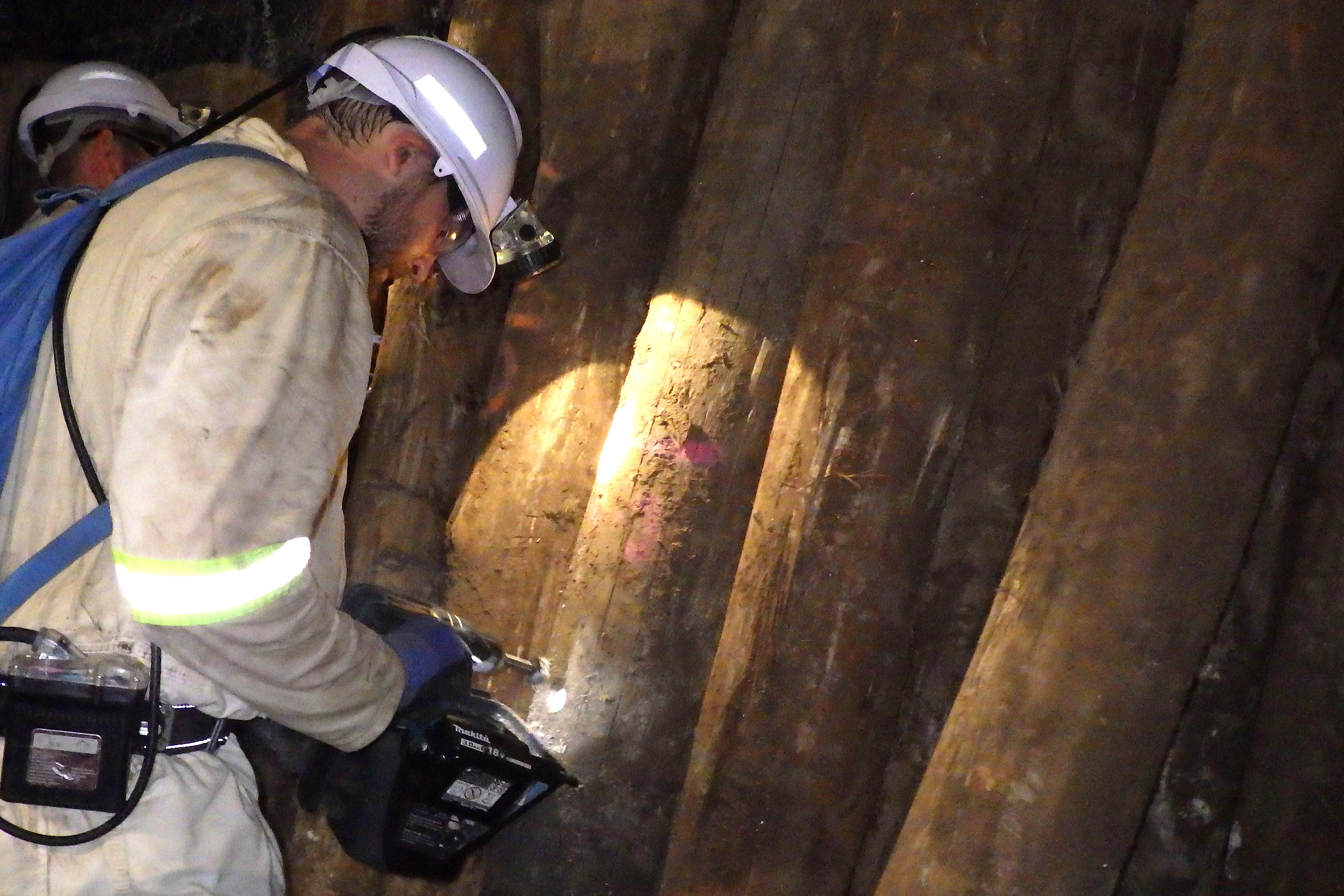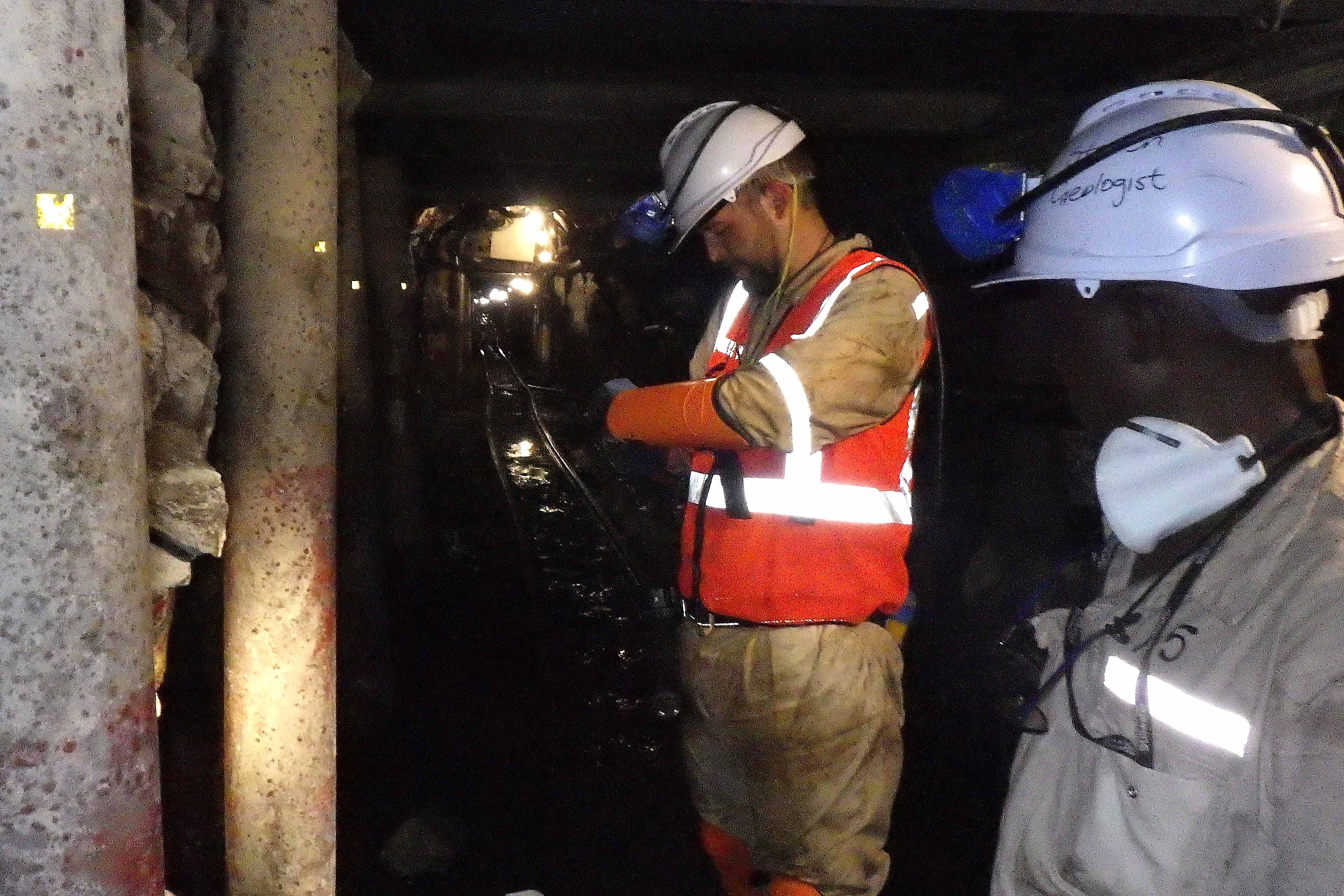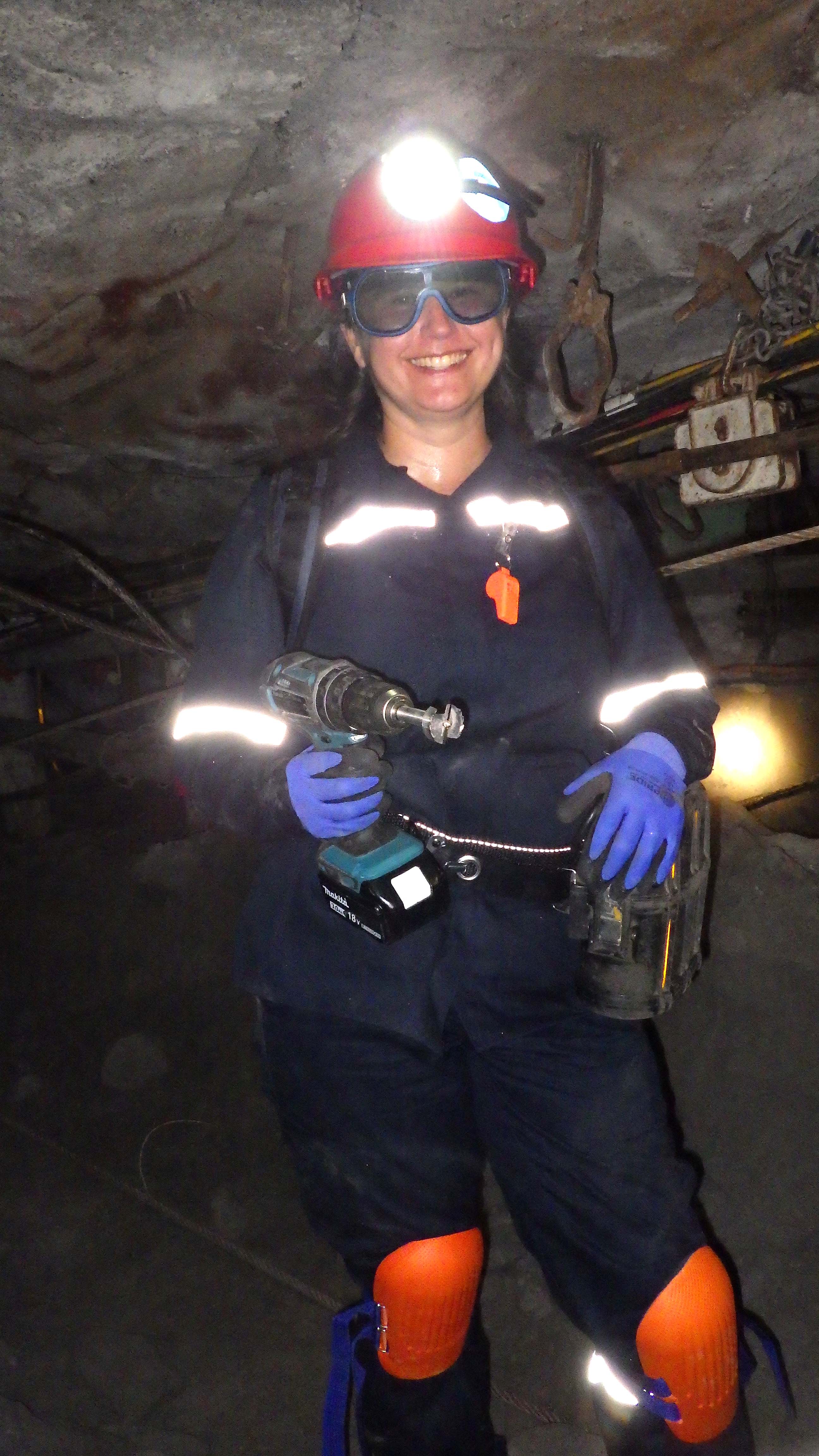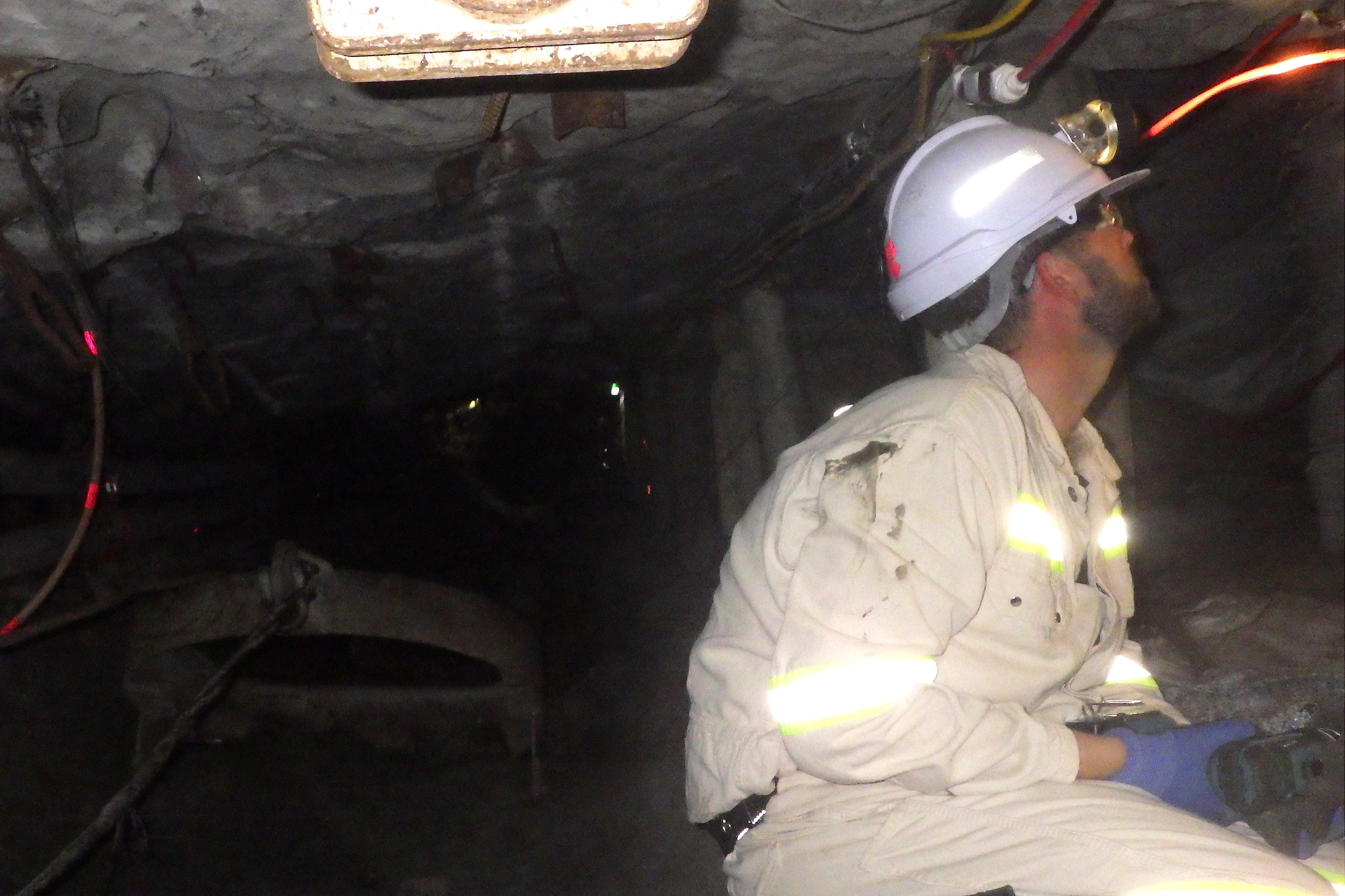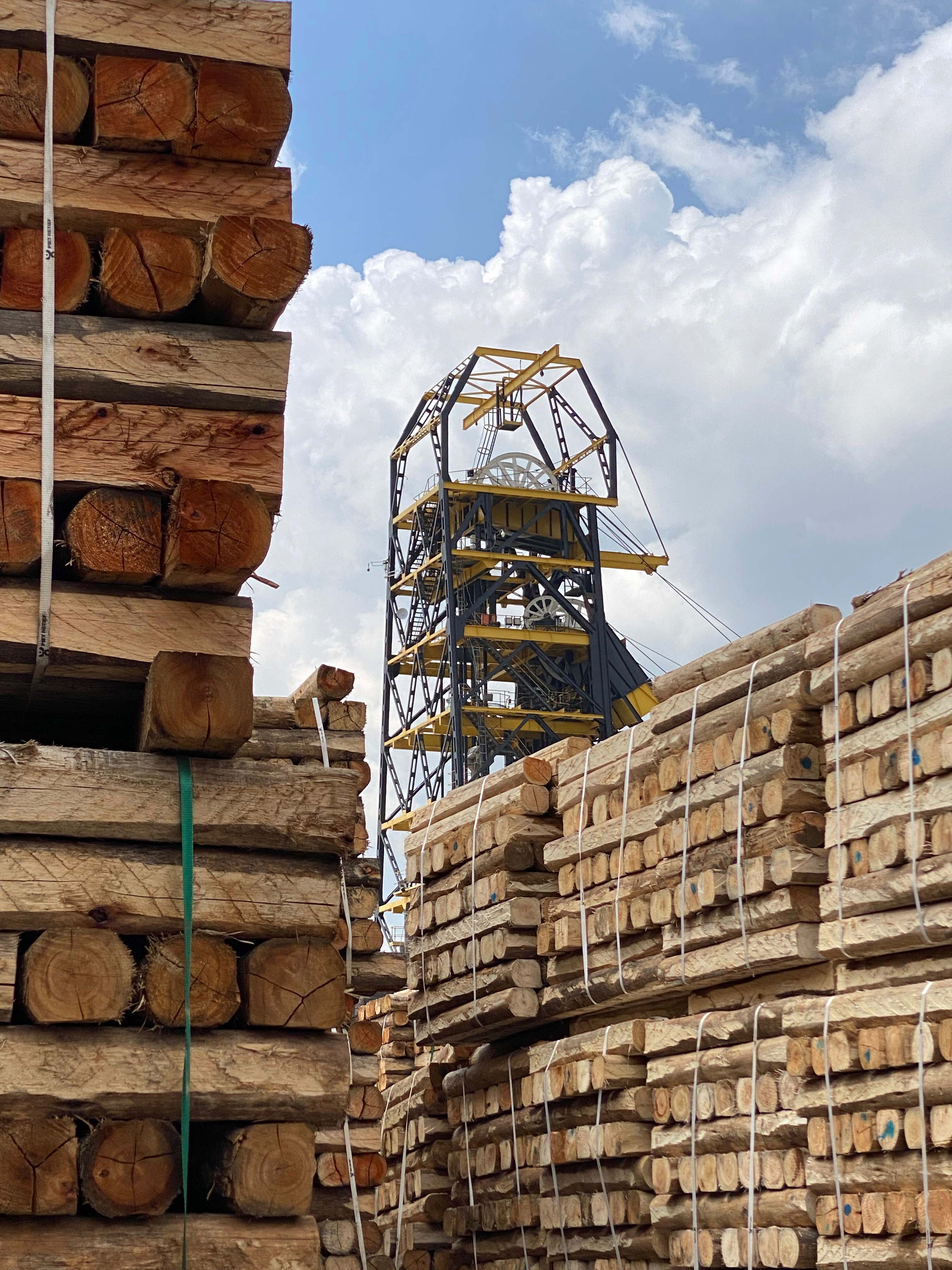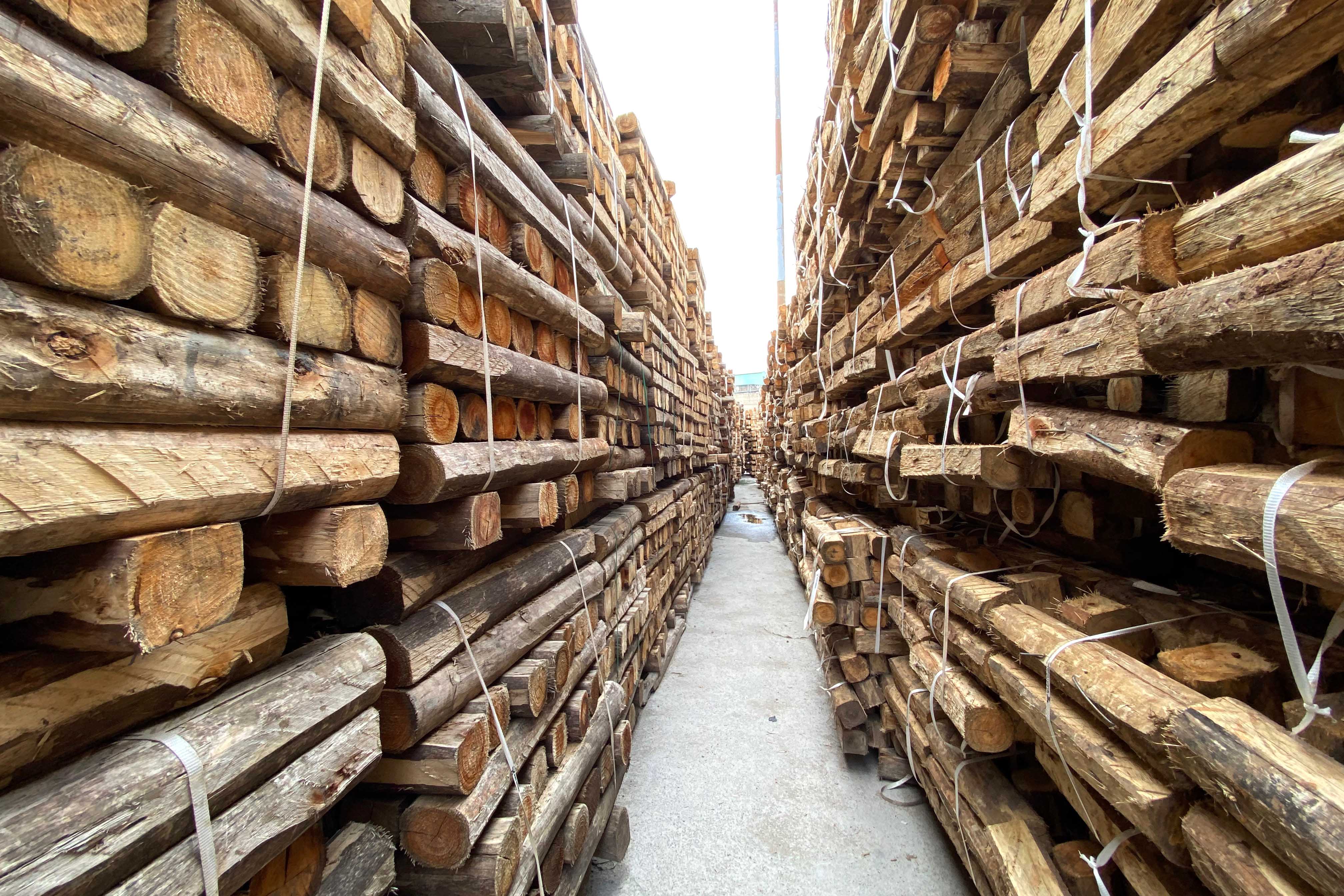FABIans search for Sporothrix species associated with local mining operations 2023-04-03
Fungi in the genus Sporothrix are well-known associates of insects and other arthropods that infest wood and wood products. They are also common inhabitants of soil. One species, Sporothrix schenckii, causes a cutaneous mycosis disease of humans and other mammals known as Sporotrichosis. Although the disease is not common today, there is a historical link between Sporotrichosis and infections of South African miners, particularly in the 1950s, who came into contact with both soil and wood products during routine operations. Very little is known regarding the ecology of the pathogen in South Africa and where it occurs naturally. This is relevant in terms of reducing possible infections by the fungus in the future. Somewhat akin to understanding the origins of other human pathogens such as the causal agent of the CoViD pandemic.
In an effort to discover the ecological niche of Sporothrix species including S. schenckii, FABI’s Prof. Cobus Visagie, Prof. Anne Pringle (visiting FABI from the University of Wisconsin) and FABI MSc candidate Taygen Fuchs began sampling in local mine shafts, and within the mining timber support production pipeline on 23 March. Soil and timber samples were collected from two TWK Agri timber service centres (Bleskop and Westonaria) as well as two mine shafts that receive timber from these service centres. The collections form part of a project for which Prof. Mike Wingfield received the Harry Oppenheimer Fellowship Award in 2022, focussed on better understanding the intersections between clinical and environmental mycology.


